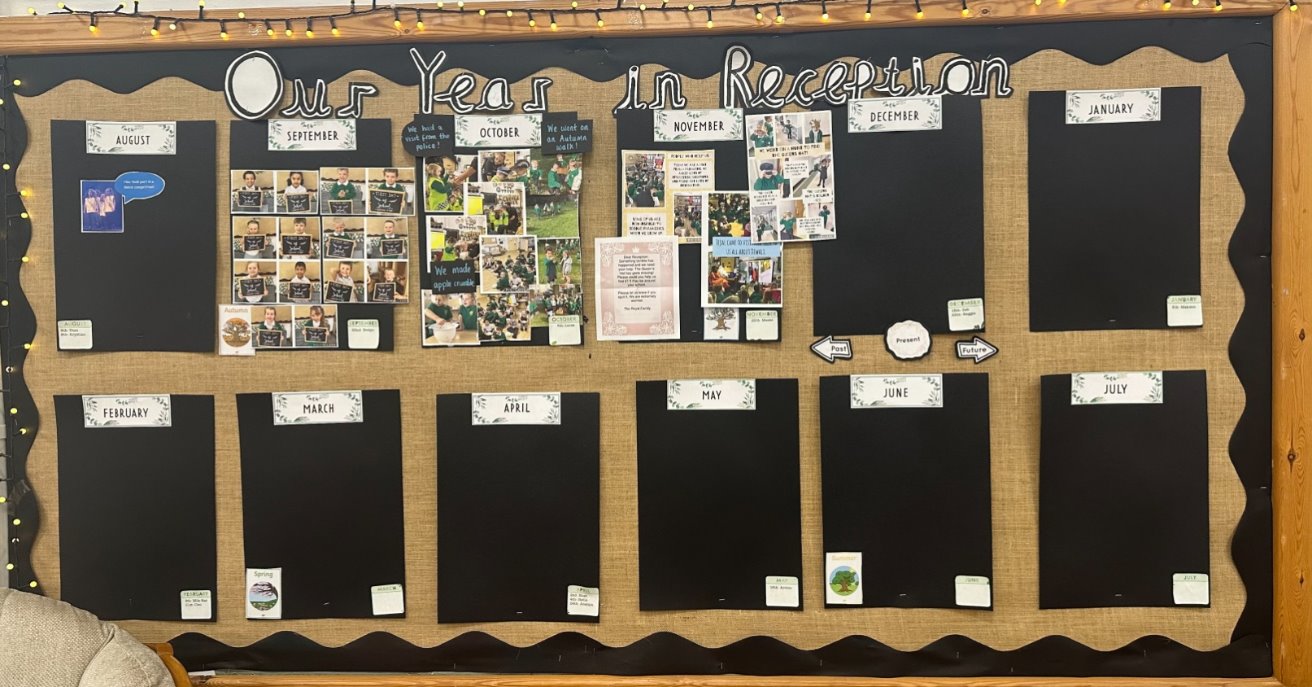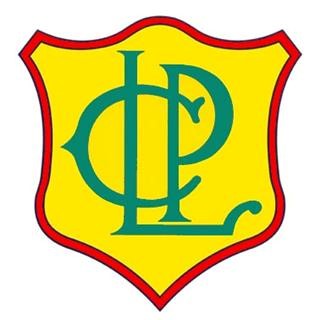History
History at Lea
Our history champion is: Miss Killeen
Intent
At Lea, we deliver a high-quality curriculum which provides children with a complex knowledge of local and national history and the history of the wider world. We have a strong emphasis on local history within our curriculum to promote a sense of belonging and allow children to understand and celebrate their own individuality and diversity.
Children at Lea are Historians! From an early age, children are given the opportunity to examine artefacts and sources, weigh evidence and draw a conclusion based on an unbiased view. This helps children to see themselves as Historians and promotes the importance of being confident, independent lifelong learners. We understand the significance of hands-on learning and how it encourages children to develop a curiosity of their own community and the world around them. We provide opportunities for children to immerse themselves in the past through whole school themed weeks based on significant events in the locality and the wider world.
Through our carefully sequenced curriculum which starts right from the early years, we ensure children have a thorough understanding of chronology and history in context. Abstract terms such as ‘civilisation’ and ‘migration’ are threaded through the curriculum which ensures children can build on what they know using meta-cognition strategies. Our curriculum provides children with the knowledge and skills to investigate the past as Historians do and inspires them to be ambitious in their futures.
Implementation
History at Lea is taught across 3 units for every year group. Each unit lasts for one half-term and provides engaging and enriching learning experiences to allow children to make sense of the past. Teachers are equipped with the knowledge of what children have previously been taught and what will be taught in the future. They understand what core knowledge children need to acquire and ensure they teach hinterland knowledge through reading historical fiction during novel time.
Our history curriculum is supported by the fantastic KAPOW primary scheme. It encompasses five substantive concepts; ‘Civilisation’, ‘Power’, ‘Migration’, ‘Childhood’ and ‘Achievements’ which are interwoven throughout each Key Stage. These concepts are introduced during the Early Years through stories, discussions and continuous provision enhancements and are revisited in different topics throughout KS1 and KS2 which ensures children have a secure understanding through a range of contexts.
Disciplinary concepts such as: ‘change and continuity’, ‘cause and consequence’, ‘similarities and differences’, ‘historical significance’, ‘historical interpretations’ and ‘sources of evidence’ are revisited in different contexts during the study of local, British and world History. This helps children to develop an understanding of how Historians use evidence to analyse the past and make sense of it. We want children to be ambitious about their futures so as part of our curriculum, we teach children about people who work in the field of History through ‘History in action’ videos and stories written by Historians.
Units are organised around an enquiry-based question and children are encouraged to follow the enquiry cycle (Question, Investigate, Interpret, Evaluate and conclude, Communicate) when answering historical questions. Each unit has a focus on chronology to allow children to deepen their chronological awareness. In KS2, British history is taught chronologically. This allows pupils to consistently build on previous knowledge and learning and also provides opportunities for children to compare civilisations and their influences on another civilisation.
When children start KS1, they complete their History learning in books which move through school with them. This allows children to refer to previous topics and supports sticky learning. From KS2, History books include a flip out timeline which supports children’s chronological awareness. Classes have also implemented a visual timeline display which includes previously taught topics and is referred to frequently. In Year One and EYFS, children are exposed to the concept of chronology through a ‘Learning Journey’ display of things they have been learning throughout the year.

